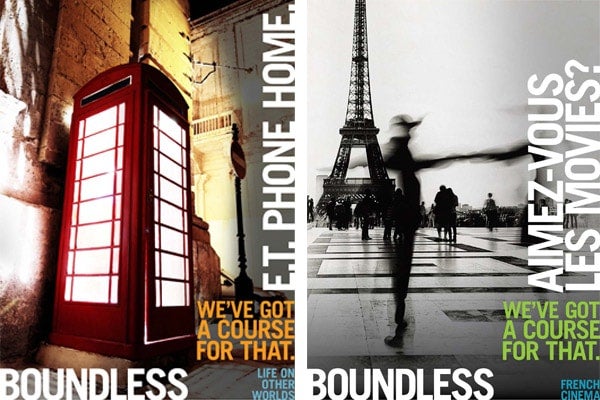
Vampires, hipsters and crime scenes
Published: September 27, 2012
From classics such as Nosferatu and Count Chocula to today’s Twilight and True Blood, vampires have scared and seduced us for generations. So what does our continued fascination with the undead tell us about ourselves?
Quite a lot, says Erol Boran, a lecturer with the U of T’s German languages and literature department. His course, “Our Vampires, Ourselves,” uses the likes of Dracula and Lestat to confront students with deeper questions about the world we live in.
 “After all, what makes the vampire so intriguing is that it looks just like us,” says Boran. “Like other monsters of our imagination, it is both a reflection of us and a product of our society.”
“After all, what makes the vampire so intriguing is that it looks just like us,” says Boran. “Like other monsters of our imagination, it is both a reflection of us and a product of our society.”
Boran’s course, which explores Victorian-era issues such as race and colonization, sex and gender, and the Enlightenment, is one of 100 first-year seminars offered by the Faculty of Arts and Science. These classes, which provide groups of up to 24 students the opportunity to really get to know their professor and take part in lively discussion, include offerings such as "Time" - a class that takes a look at science fiction and how how writers use the different ways time is presented in physics and cosmology, biology and psychology.
Other examples include: "Roll Over Beethoven: Music, Media and the Marketplace," which examines the music industry from an interdisciplinary perspective; "The Criminal Mind," which examines fiction's preoccupation with crime and criminality; or "The Poetry of Physics and the Physics of Poetry," which takes a look at the ways in which science and the arts influence each other.
The quirky yet scholarly option is not the exclusive preserve of first-year students - with more than 700 programs for undergraduates, course offerings are almost limitless. Those who prefer their characters drink Frappuccino instead of blood, can enrol in the new “Hipsters and the Urbanization of Canadian Literature” course. The fourth-year seminar is the brainchild of Professor Brandon McFarlane, who hopes that students will learn the value of qualifying terminology like “hipster” and learning about the challenges of distinguishing literary movements, groups or cohorts.
McFarlane has tried to integrate Toronto into his classes as much as possible.
“The books we're going to read are about downtown west. The students will have to go to book launches, which means they'll also be going to bars like the Gladstone or the Drake or Bar Italia,” he says.
Class readings on recent Toronto novels and discussions will explore thought-provoking questions such as: does Canadian culture despise the hip and glamorous? Do we repress Canada's urbanity? Have the hipsters helped us embrace our urbanity?
“So, ideally, this course will inspire some life-long romances with the city,” says McFarlane.
Although culture is a feature of cities, so is crime. Forensic Science students at the U of T Mississauga will be able to take a brand new course in 3D Crime Scene Mapping & Reconstruction to help solve crimes.
Students can expect to develop skills in 3D documentation, analysis, and visualization that can be applied to many areas of forensics, says instructor Eugene Liscio.
 The course delves into topics straight from an episode of CSI: Crime Scene Investigation — bullet trajectory analysis, grave documentation, bloodstain pattern analysis, and even suspect height analysis. All of these skills are used to document detailed crime scenes.
The course delves into topics straight from an episode of CSI: Crime Scene Investigation — bullet trajectory analysis, grave documentation, bloodstain pattern analysis, and even suspect height analysis. All of these skills are used to document detailed crime scenes.
Such skills aren’t limited to solving crimes.
“Students will be able to see cutting edge tools and technology applied to forensics,” says Liscio. “But what they learn can be applied to just about any industry where measurement and analysis is important.”
Across all three campuses, the diversity of academic offerings is now so great there are posters to celebrate the range of choices. And - just in case anyone might assume that choice was restricted to scholarly opportunities - a similar poster campaign highlights the range of clubs and co-curricular experiences available across the university.



